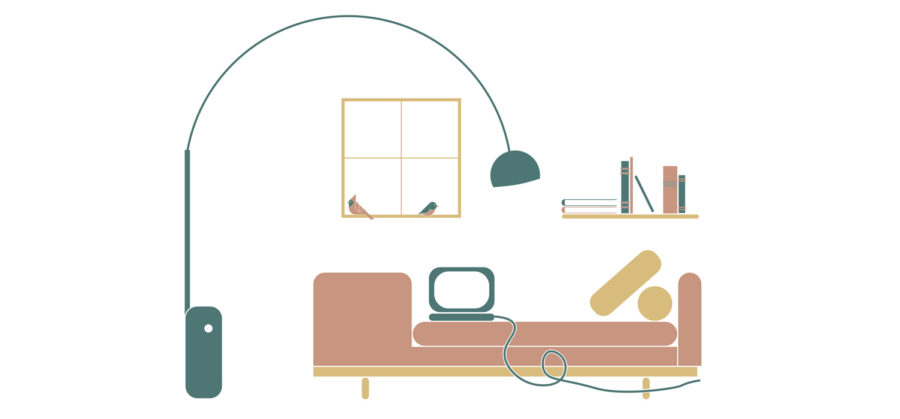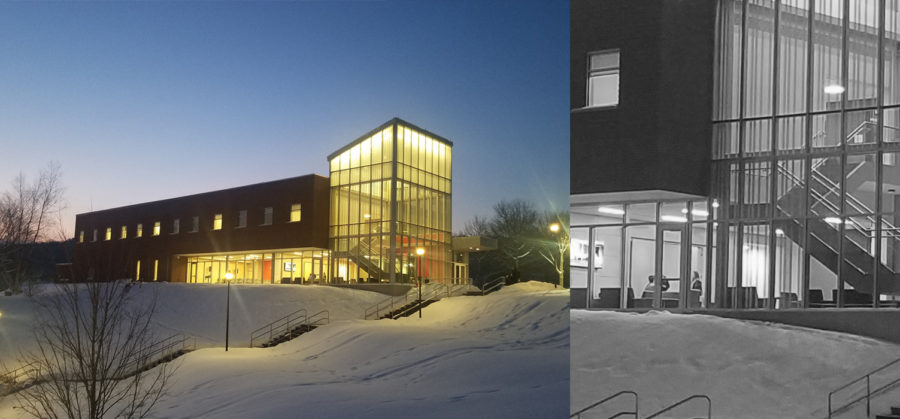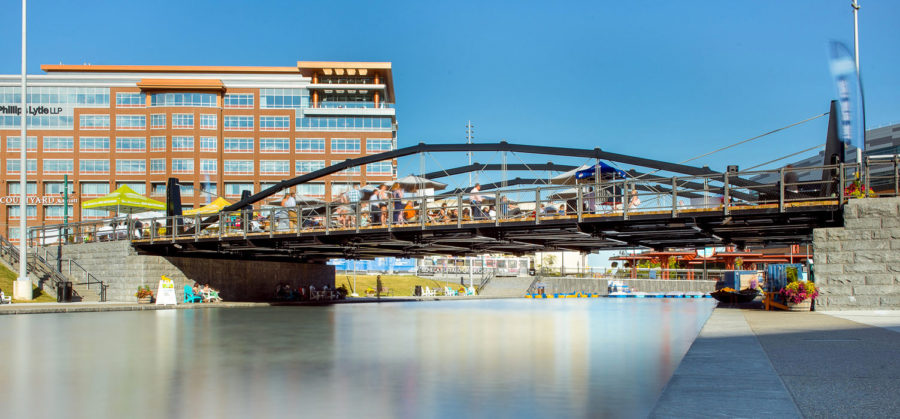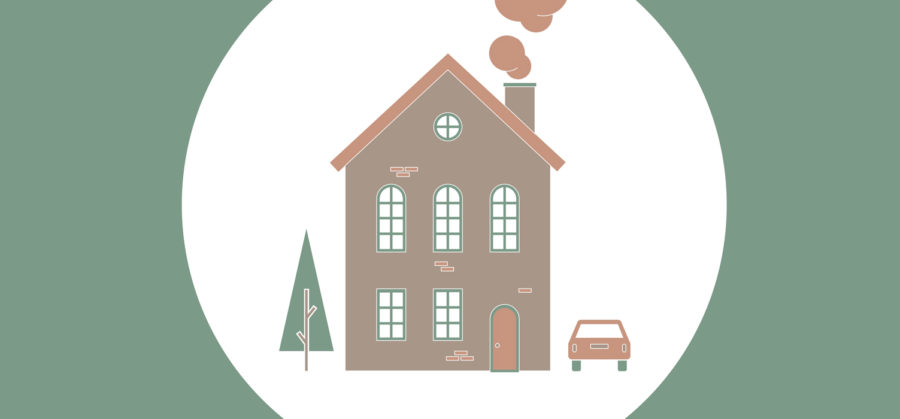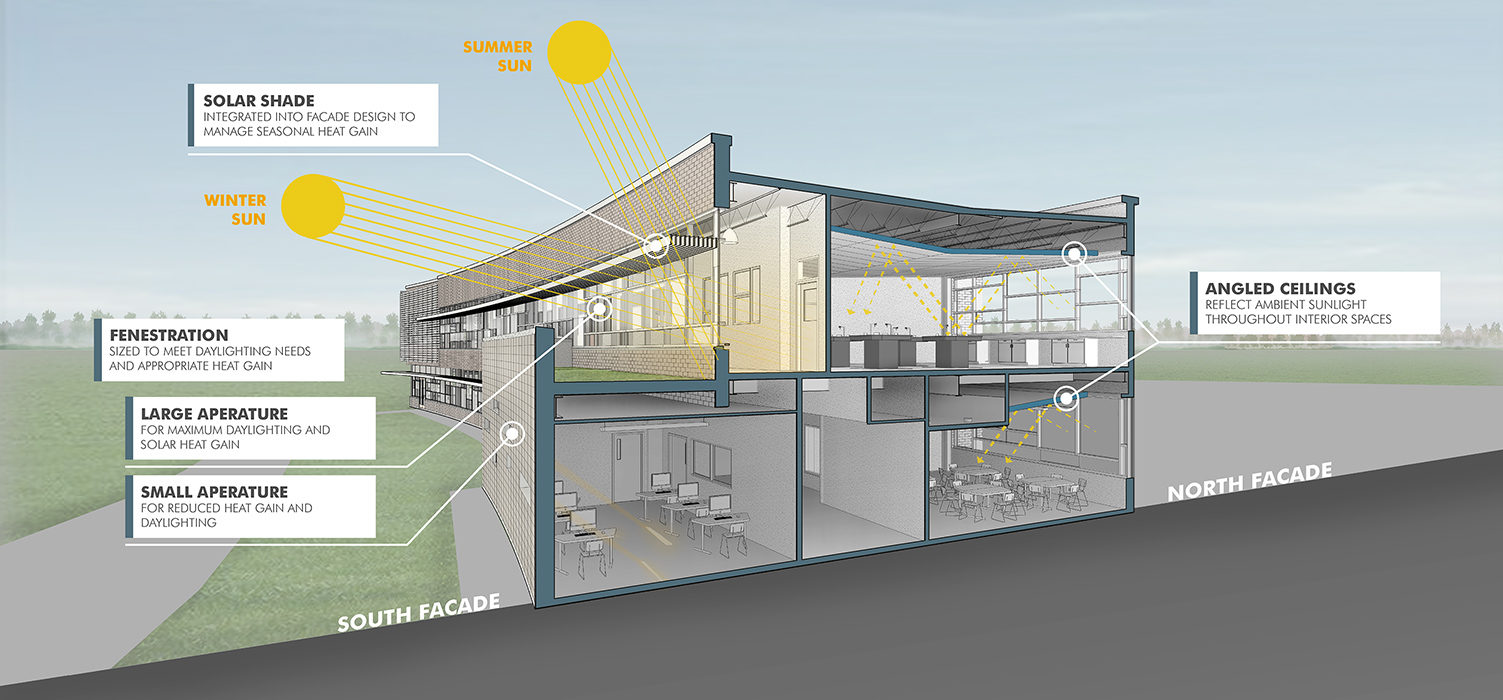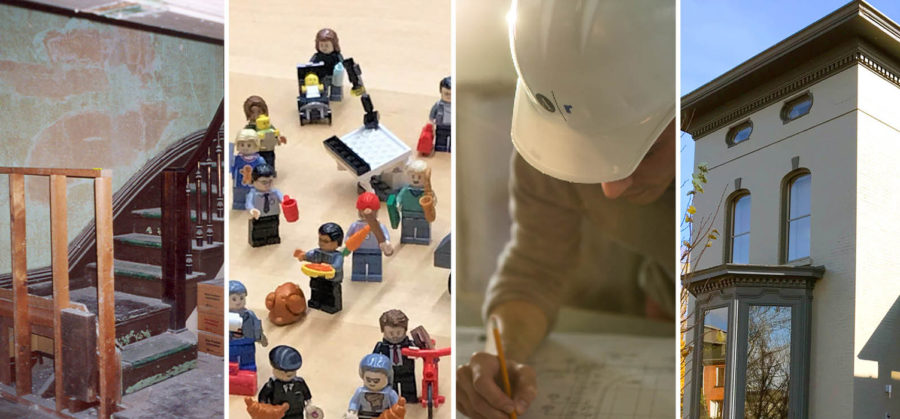It is a term that all have heard but few really understand. We see the term in the news, many learn about it in school, and some interact with it from time to time in daily life. In the field of architecture, we often associate sustainable design with rating systems like LEED and WELL, or with solar panels on a roof and above-code insulation in walls and ceilings. It is true that sustainable design includes these things and others that improve the overall energy performance of buildings and decrease the carbon footprint. True sustainable design, however, goes beyond creating buildings that consume little energy or utilize recycled building materials.
As a theory, sustainable design has been described in many ways – For example in 1987, the United Nations World Commission on Environment and Development defined sustainable development as such “that meets the needs of the present generation without compromising the ability of future generations to meet their own needs.” In a later effort to bring together the theory of sustainability into real world practice, Scott Campbell introduced the concept of the “Planner’s Triangle” where sustainable development is achieved by working a balance between the values of environment, equity, and economy. The three points of the planners triangle reflect three types of priorities or perspectives that most commonly influence decisions made during a typical design process. The lines of the triangle that connect these points are meant to represent the back-and-forth relationship that exist between the priorities that very often conflict within the built environment.
In the pursuit of sustainable design, architects and other designers of the built environment have the opportunity to reinterpret these conflicts between environment, equity and economy as opportunities for design. For example, the design team at South Beach Psychiatric Center led by Architectural Resources had to carefully balance the specific needs of the inpatient population with the growing threats of climate change and a financial budget established by New York State. The completed project balances environment and economy by rising 20 feet above sea level to mitigate damage from future storm surges, balances environment and equity by utilizing daylighting to provide patients with comfortable well-lit spaces, and balances equity with economy by using efficient programming that strikes a balance between cutting edge behavioral health design with economically responsible materials.
It is also important that architects and designers consider how their physical designs play out over time. The goal of sustainable development, according to Scott Campbell, is to sustain a simultaneous balance between environment, equity and economy in the on-going development of the built environment. In other words, sustainability should be thought of as a process rather than a singular moment in time. The South Beach PC project can once again be used as an example – although designed to fit the needs of those in need of psychiatric help, the building was flexible enough to accommodate the growing hospitalization needs in New York City during the height of the Covid-19 pandemic. As the demand for in-patient Covid facilities dropped, the building was able to adapt back to its original intent and is now functioning as a high-performing mental health facility.
Projects like South Beach PC emphasize the importance that architects and designers understand not only how projects interact with the client’s wallet, but also how projects interact with and provide for people and the environment from and in which they are built. Authentic sustainable design in the built environment seeks to create opportunity rather than conflicts between environment, economy and equity as a method of achieving high quality architecture.

